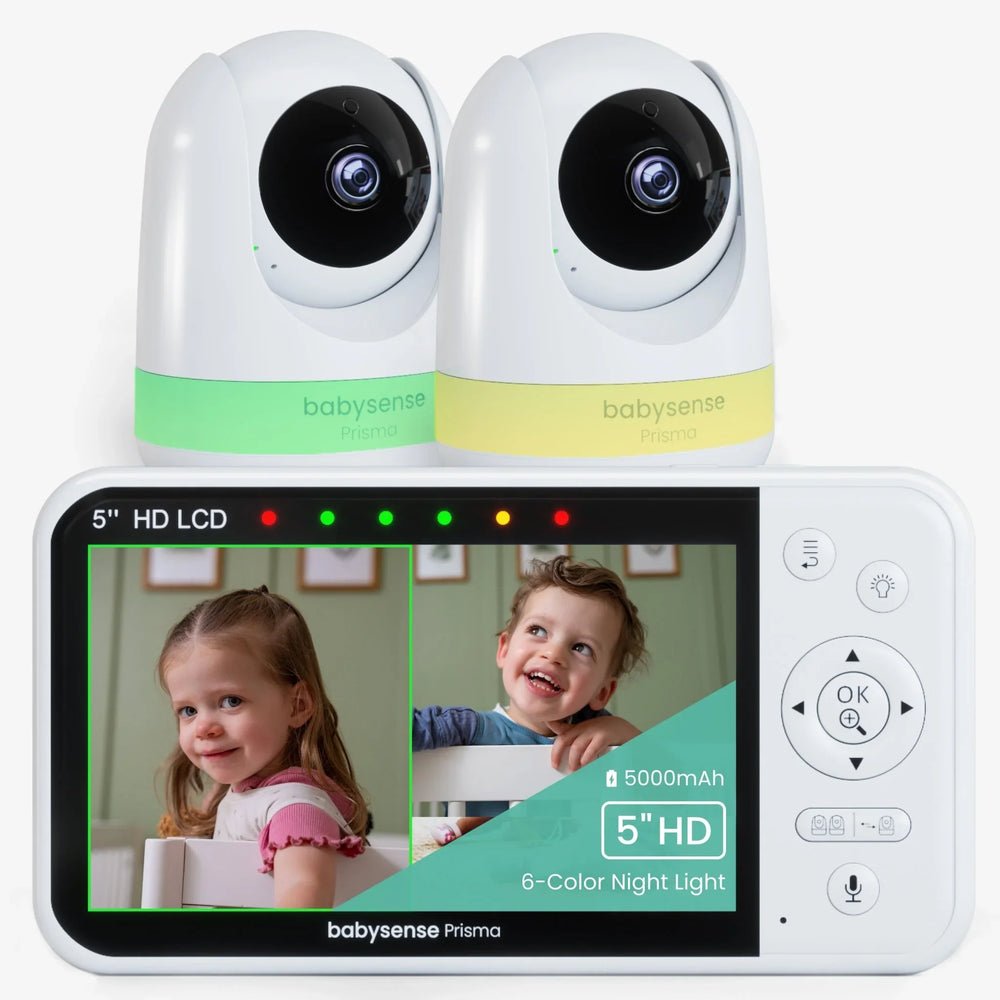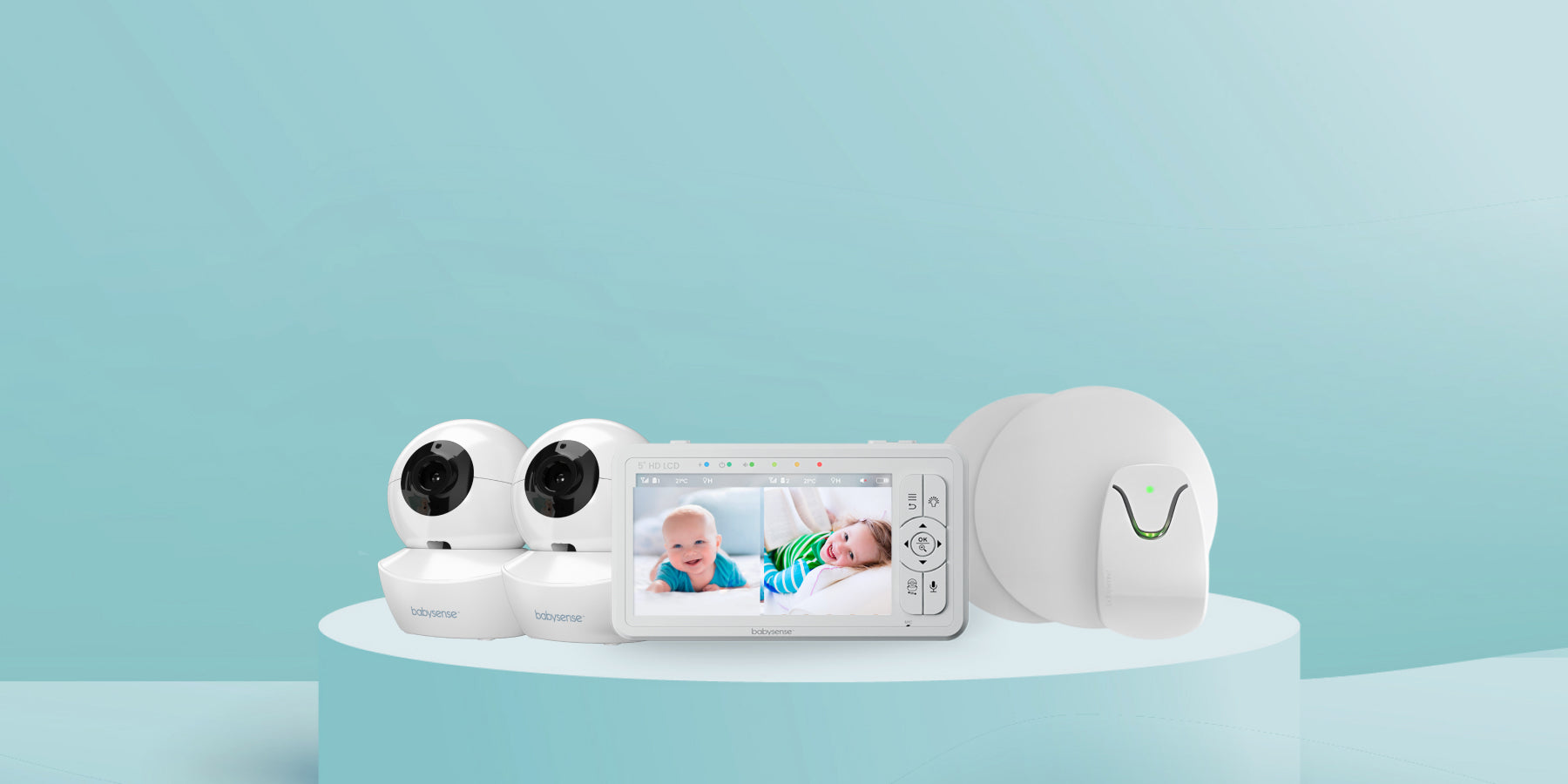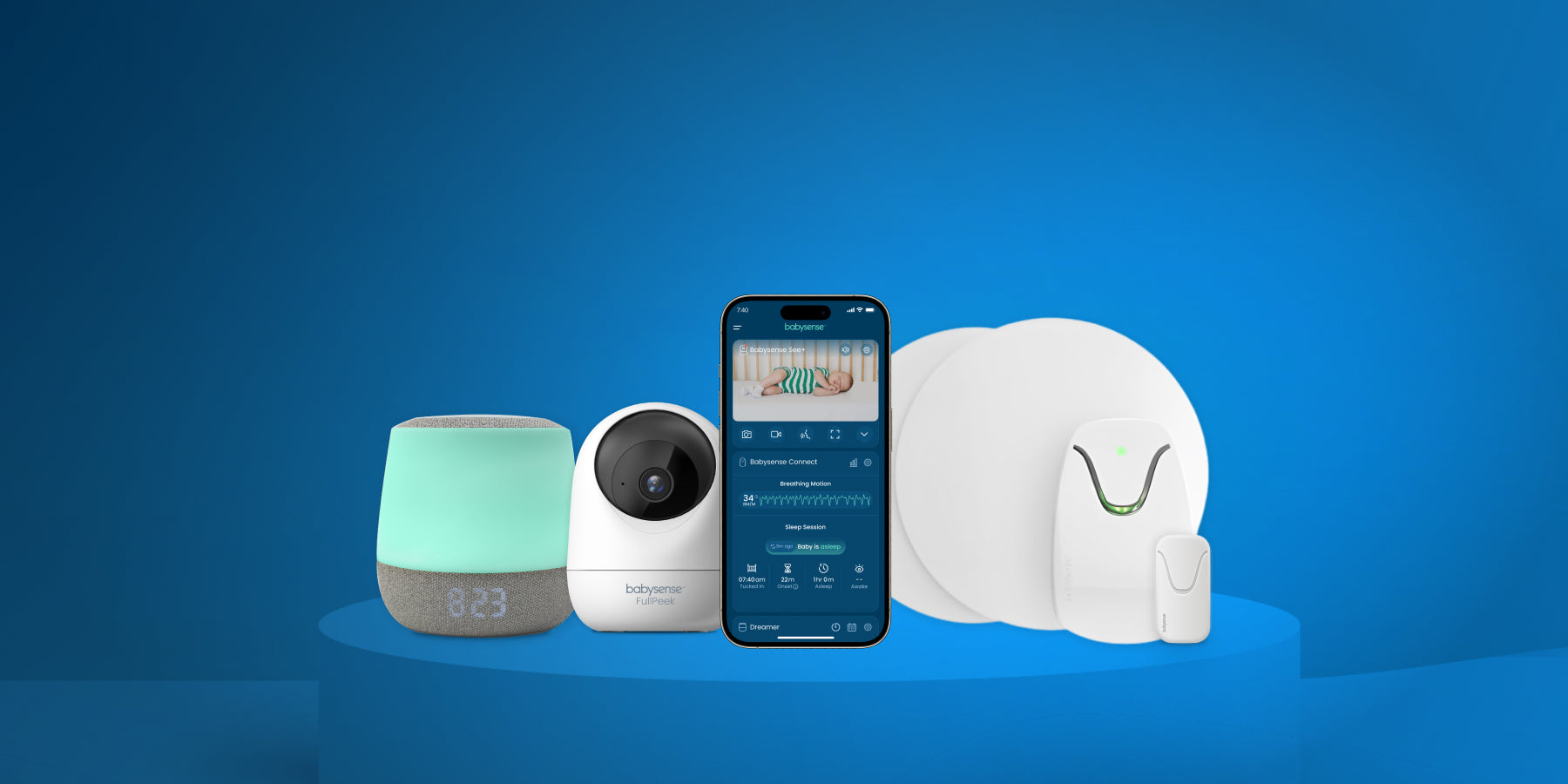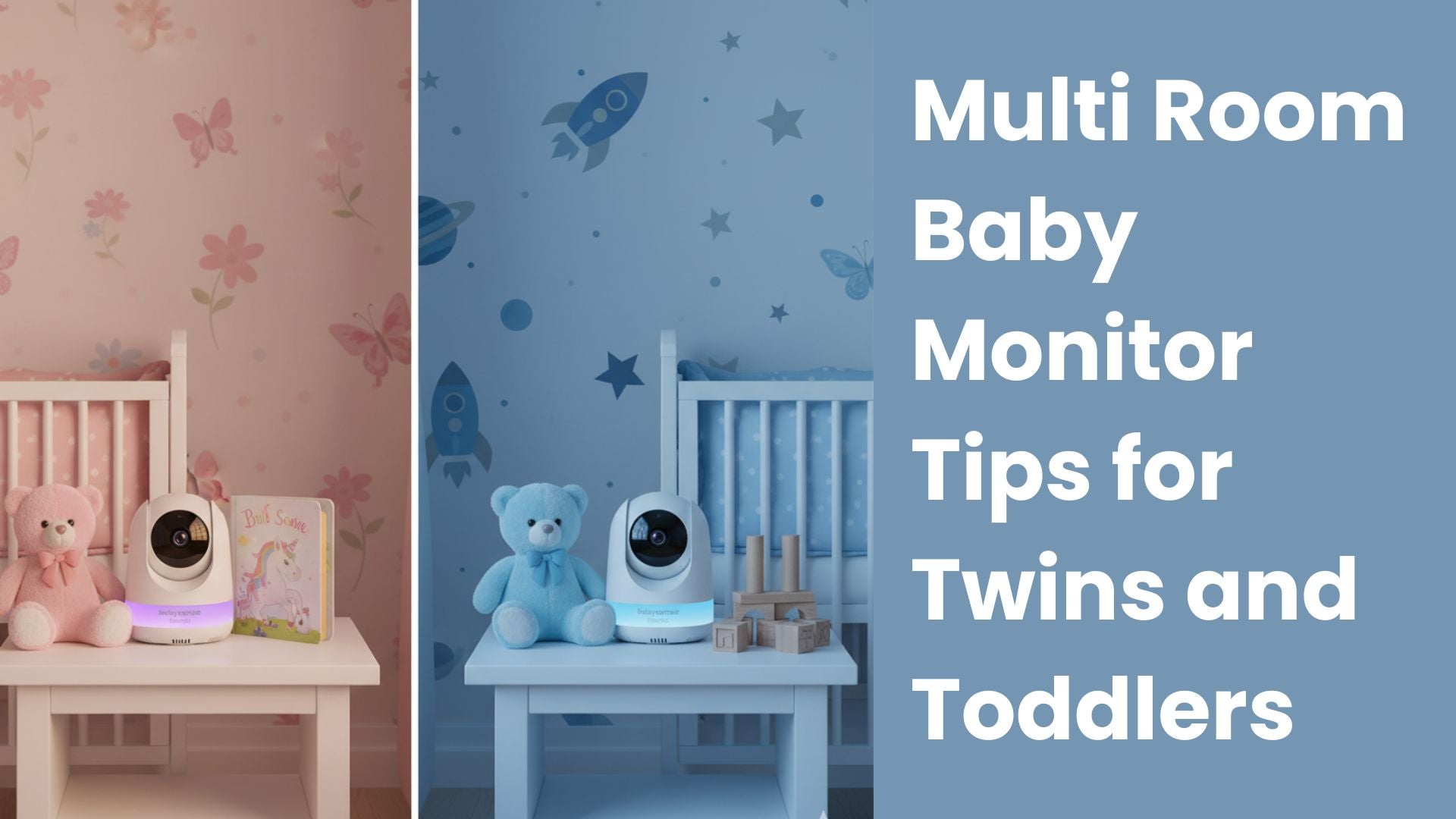Baby monitor signal problems are often solved with small changes to placement and interference control. Use this step by step guide to boost your baby monitor signal, cut dropouts, and keep a steady video and audio link across your home.

Quick checklist
- Raise both the camera and parent unit on an open shelf. Avoid closed cabinets.
- Keep both units away from thick walls, metal, and large mirrors.
- Leave 3 to 6 feet of space from Wi Fi routers, microwaves, and cordless phone bases.
- For Wi Fi monitors, try channels 1, 6, or 11 on 2.4 GHz and update router firmware.
- For larger homes, add a mesh node or a wired access point rather than a basic extender.
Why connections drop
Interference
Home devices share the same radio bands as monitors and routers. Microwaves, cordless phones, Bluetooth devices, and nearby Wi Fi can add noise that weakens the link.
Obstructions
Signals lose strength through concrete, brick, tile, metal studs, and mirrors. Long diagonal paths through many walls are worse than short straight paths.
Congested channels
On 2.4 GHz Wi Fi, use non overlapping channels 1, 6, or 11. Overlap causes slow video and dropouts.
Range limits
Every radio has a practical range that changes with layout and building materials. Multi floor homes may need extra coverage.
Good to know: Unlicensed home devices must accept interference. Smart placement and clean channels make the biggest difference.
Step by step fixes that work
1) Reposition for a cleaner line of sight
Place the camera and the parent unit high on an open shelf or a wall mount with a few inches of space from nearby walls. Aim for a short, direct path between rooms. Do not stack gear on the router.
2) Separate from interference sources
- Keep a few feet of space from microwaves, cordless phone bases, Bluetooth speakers, and large TVs.
- If your phone or tablet is on 2.4 GHz, move it to 5 GHz to reduce band crowding.
3) Pick a better Wi Fi channel for Wi Fi monitors
Log in to your router and set 2.4 GHz to channel 1, 6, or 11. Test each for a full day. Use 20 MHz channel width for stability. On 5 GHz, choose a clear non DFS channel if available.
4) Update firmware and reboot on a schedule
Routers and Wi Fi cameras receive stability fixes through firmware updates. Check your router app for updates. A weekly reboot can clear poor auto channel picks.
5) Add coverage the right way
- Mesh system: Best for whole home reliability. Place nodes in open areas, not more than two rooms apart.
- Wired access point: A solid low cost option if you can run one Ethernet cable to the far side of the home.
- Avoid basic extenders if you can since they can add delay and halve throughput.
Room setup tips that help right away
- Mount the camera so its antenna or housing is vertical. Vertical antennas spread signal across the home.
- Reduce diagonal paths through many walls. If possible, keep the parent unit on the same side of the home as the camera.
- Keep cords at least 3 feet from the crib and secure cables safely per the manual.
Easy non Wi Fi option for steady signal
Babysense Prisma 2 Cam
If you want a monitor that does not rely on home Wi Fi, Babysense Prisma uses secure FHSS radio with long range and split screen for two rooms. This design avoids Wi Fi congestion and typical app delays.

Troubleshooting table
| Symptom | Likely cause | Try this |
|---|---|---|
| Video freezes then resumes | Congested 2.4 GHz channel | Test channels 1, 6, and 11. Set 20 MHz width. |
| Signal drops in the kitchen | Microwave and metal surfaces | Move devices away from the kitchen. Add a mesh node near the hallway. |
| Great upstairs, weak downstairs | Floors and reinforced beams attenuate the signal | Raise devices higher. Add a node near the stairs or a wired access point. |
| Random nighttime disconnects | Auto channel changes on the router | Set a fixed channel and reboot weekly. Update firmware. |
Further reading
FAQs
Should I use 2.4 GHz or 5 GHz for a Wi Fi baby monitor
2.4 GHz reaches farther through walls but is crowded. 5 GHz is faster and can be more stable at short range. If your monitor supports both, try 5 GHz first.
What Wi Fi channel stops dropouts
In most homes, channels 1, 6, or 11 on 2.4 GHz avoid overlap. Test each channel for a day and keep the best performer.
Will a mesh system help my monitor
Yes for Wi Fi monitors in larger homes. Place nodes in open areas and avoid putting a node inside a dead zone.
How far should the monitor be from the crib
Follow the product manual. As a general rule, keep cords at least 3 feet from the crib and secure all cables.





